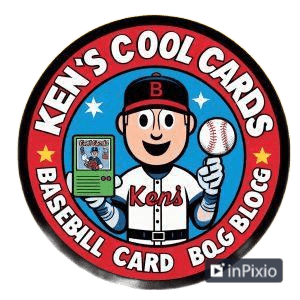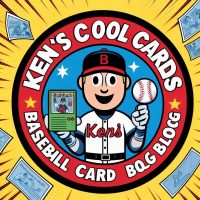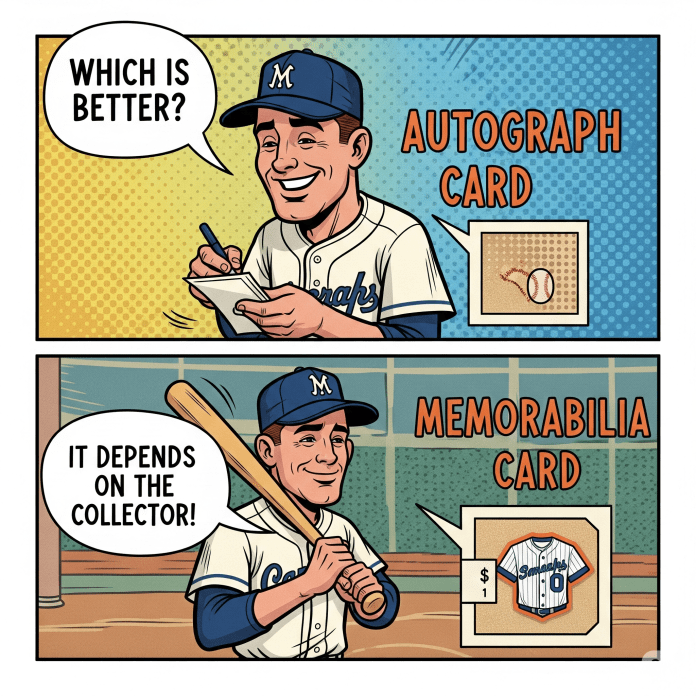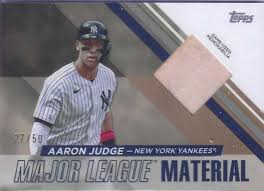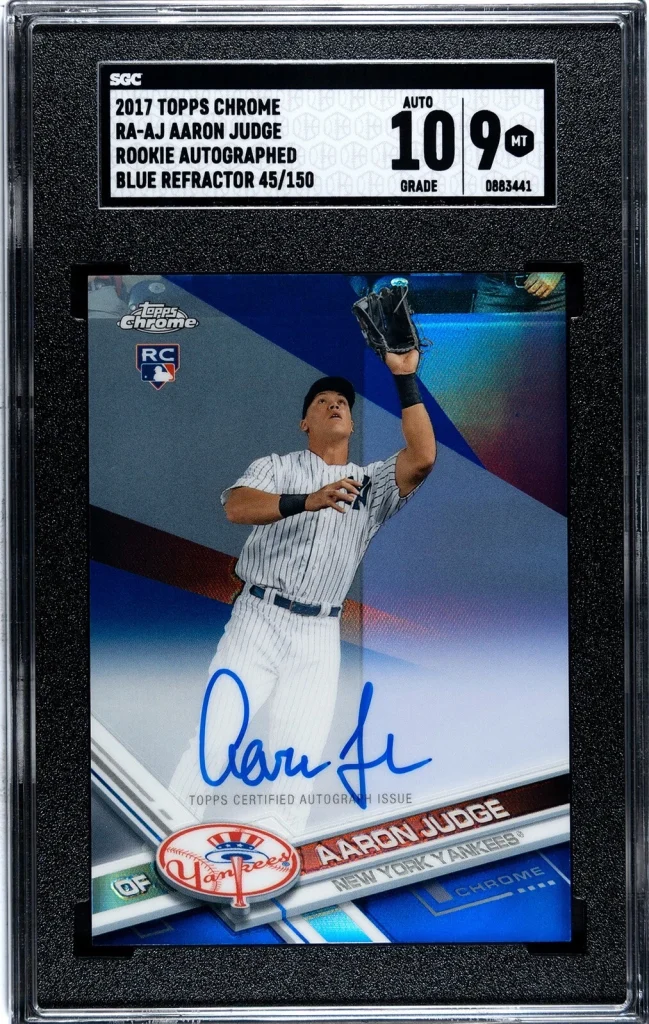Baseball card collectors can be a fickle bunch. We also have our fair-share “Karens” in the ranks. They’ll debate the smallest details—whether a card’s corners are truly “mint” or if a player’s rookie season counts (looking at you, 1993 Derek Jeter).
However, one debate seems to have a clear winner: autographs versus memorabilia cards. And let’s be honest—autographed cards dominate in popularity, value, and overall collector excitement.

Why? Have a seat, and let’s discuss why memorabilia cards simply aren’t as exciting as they used to be.
The Personal Touch vs. a Random Jersey Swatch
An autograph’s appeal lies in its simplicity: it represents a direct interaction between a player and a fan, the closest most will get to a personal exchange, like Mike Trout handing them something. Memorabilia cards, however, often offer a less tangible connection, perhaps just a small piece of fabric that may or may not have been game-worn..
According to a study on The Raab Collection, high-quality autographs have historically increased in value by more than 9% per year over the last 50 years. While this doesn’t directly compare autographs to memorabilia cards, it does highlight the strong investment potential of autographed items.
Additionally, a report from Ultimate Autographs states that 47% of collectors focus on autographs, reinforcing their popularity over other types of memorabilia.
Scarcity Equals Value
Collectors live by one rule: rarity drives price.
Take an on-card autograph, where the player signs directly onto the card—these fetch premium prices, sometimes 5–10x more than their memorabilia counterparts. On the flip side, memorabilia cards are mass-produced.
Consider the 2021 Topps Series 1 release. While it oversupplied the market with relic cards featuring small jersey fragments, a Juan Soto autographed card from the very same collection commands a four-figure resale price, contrasting sharply with the barely triple-digit value of a typical relic card..
Authenticity Issues? Yikes.
Let’s be real—some collectors are skeptical about memorabilia cards. While major brands like Topps, Panini, and Upper Deck authenticate their relics, there have been scandals. Some companies have been caught using “event-worn” jerseys—meaning an athlete wore them for five minutes at a photo shoot, not an actual game.
In 2020, Beckett Grading Services flagged multiple patches used in memorabilia cards that had zero verifiable game use. Conversely, nobody questions an actual autograph backed by reputable authentication services like PSA/DNA or JSA.
Aesthetic Appeal: Less is More
Those memorabilia cards with the huge, awkward patches? They’re anything but subtle. The design often feels like manufacturers crammed them in, trying too hard to create value. Autographs, though, keep the card clean and simple—just ink and a story. And from a selling on ebay point of view: Mem cards are harder to care for and store. You need extra thick rigids, over-sized soft sleeves, etc. They’re just clumsy.
A crisp blue Sharpie signature on a white card stands in stark contrast to an odd sock cutout. The former appears to be a valuable collectible, while the latter resembles leftover material from an arts and crafts activity.
Final Verdict: Autographs Rule, Memorabilia Drools
Collectors don’t hate memorabilia cards—they just don’t see them as the premium choice. Do you?
- They’re less personal
- Less aesthetic
- More difficult to store and protect
- Untrustworthy at best; felonious in the worst of situations.
The stats back it up: autographs hold higher resale value, provide a direct personal connection, and don’t leave you wondering if the jersey swatch was actually worn in a game or just grabbed from a storage bin.
.Given the choice between an autographed Shohei Ohtani rookie card and a random jersey relic, the decision is obvious. That is, unless your hobby truly revolves around amassing minuscule pieces of polyester.
